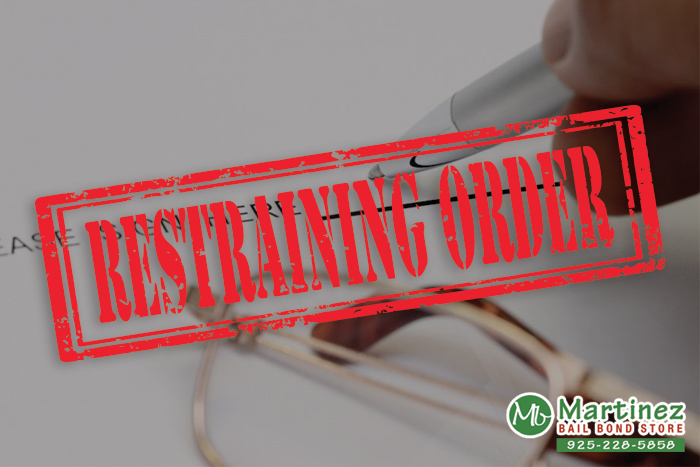
There is almost nothing more frightening than facing someone who refuses to leave you alone. What do you do when an ex-girlfriend or ex-boyfriend refuses to stop calling after a harsh breakup? What do you do when someone finds you online and begins showing up at your home or place of work? What do you do when a communicated threat becomes physical? Luckily, there is a way to protect yourself.
While filing for a restraining order may not be the first or the most desirable option to deal with someone who is threatening your safety, in time it may become necessary. It is important that you are not afraid to take legal action to protect yourself. It is also important not to be deterred by the process in which you have to follow to obtain a restraining order.
According to the California state website, before you ask for a civil harassment restraining order, you must make sure that it is right for your situation. That you have been stalked, harassed, sexually assaulted, or threatened with violence. You must also ensure that you and the person you wish to restrain is NOT a spouse or former spouse, dating, or closely related.
There are five steps to file a request for a restraining order:
- Fill Out Your Court Forms and Prepare to File
- File Your Court Forms With the Court
- “Serve” Your Papers on the Restrained Person
- Get Ready and Go to your Court Hearing
- After the Court Hearing
There are several forms that you will need to fill out. Those forms can be found here. It is advised that you make at least five copies of all of your forms. After the forms have been completed, you will need to take them to the court where the judge will either grant or deny your request for a restraining order. If approved, the court clerk will officially file the paperwork to make the order part of the court’s record.
The judge cannot make official orders until the other party has been served with the court papers. There are several details regarding “serving” your papers, we suggest taking a look here for the most accurate and up-to-date information. You will need to attend a hearing where the judge will meet with both parties and make a decision about final orders regarding the restraining order.
At first glance, the process can be overwhelming and confusing. If you face a situation where you feel you need to take action with a restraining order, do it. It is never wise to risk you or your family’s safety.
